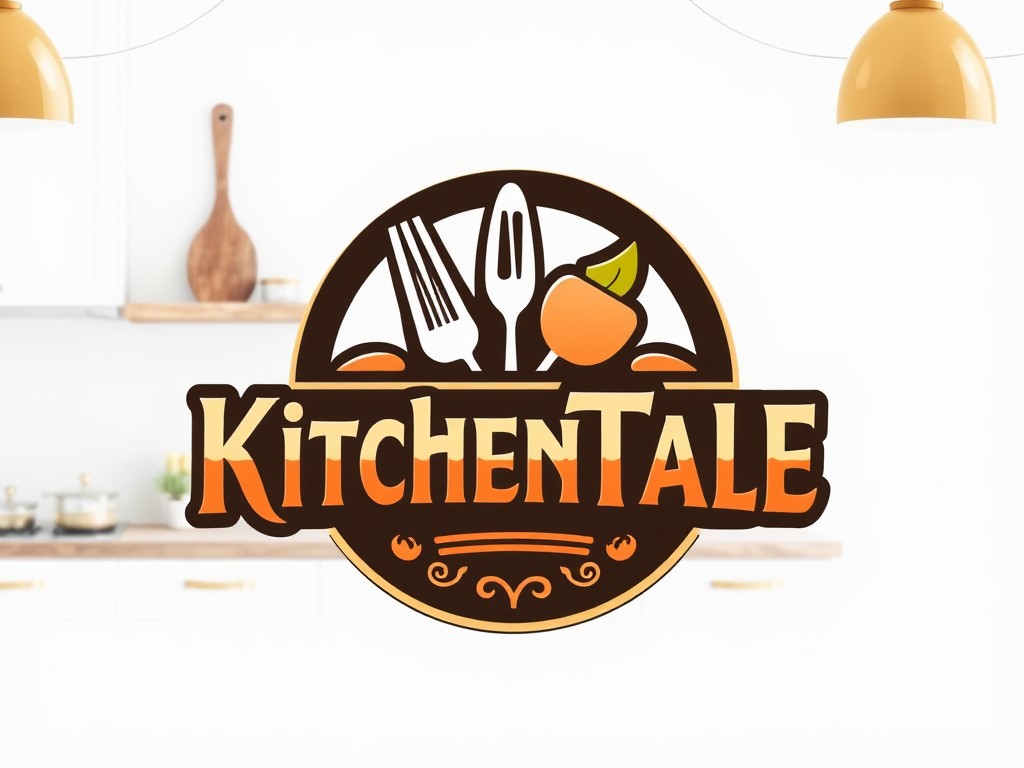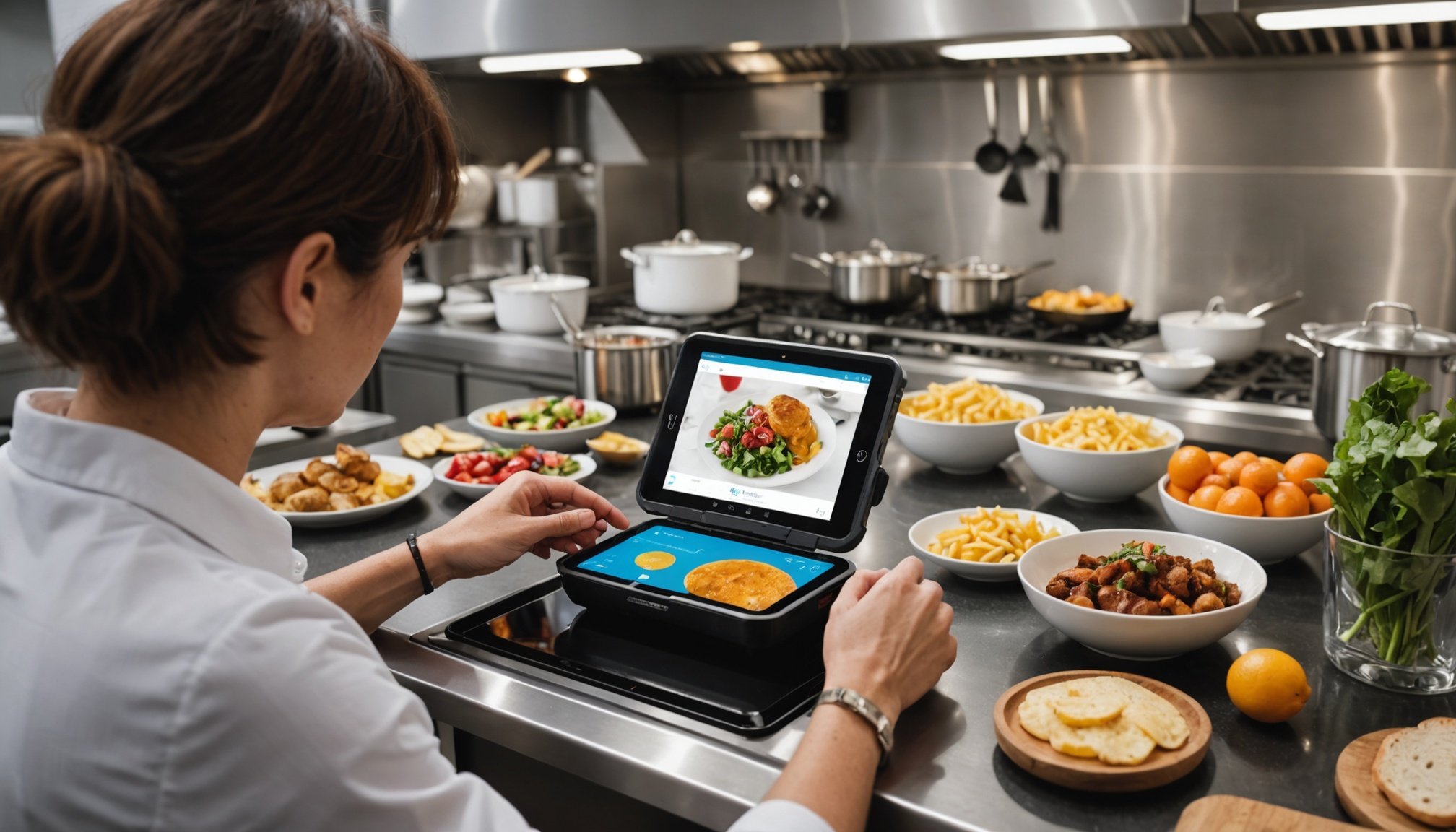Overview of Kitchen Safety Challenges
In the realm of kitchen safety, numerous culinary hazards lurk, posing potential threats to both amateur cooks and professional chefs alike. Common perils include knife mishaps, burns from hot surfaces, and slips on wet floors. These incidents often lead to injuries ranging from minor cuts to severe burns, emphasizing the significance of maintaining a safe cooking environment.
Statistics reveal a sobering reality: kitchen accidents account for a substantial number of household injuries each year. According to the National Safety Council, kitchen-related injuries are among the top five causes of home injuries, with cuts and burns as the most frequent culprits. Such statistics underscore the urgency of addressing safety challenges in culinary settings.
In the same genre : Elevate your culinary space: achieving perfect balance between natural and artificial lighting
Technology plays a vital role in mitigating these risks and enhancing kitchen safety. Innovations like smart appliances, sensor-equipped fire alarms, and slip-resistant flooring contribute significantly to reducing accident frequencies. By integrating these technologies, we can create a safer kitchen environment that prevents injuries and fosters a more secure cooking experience. As the culinary world evolves, so too must our approach to safety, ensuring that we stay one step ahead of potential hazards.
Introduction to IoT Solutions for Kitchen Safety
Internet of Things (IoT) technology is revolutionising the culinary space by seamlessly integrating smart kitchen solutions. This technology involves connecting everyday kitchen devices to the internet, enabling real-time monitoring and control. By utilising IoT, kitchens transform from conventional cooking spaces to intelligent environments that enhance safety and efficiency.
Additional reading : Choosing the ideal kitchen sink size to suit your family”s specific requirements
Integrating IoT solutions in the kitchen offers numerous benefits, primarily boosting culinary safety. It ensures that appliances can be remotely controlled or monitored, reducing risks associated with unattended cooking or appliance malfunctions. For instance, smart stoves equipped with IoT can automatically shut off when detecting gas leaks or overheating, thus preventing fires and accidents.
Examples of IoT’s transformative power include smart refrigerators that manage inventory and suggest recipes based on available ingredients, ensuring food safety and minimal waste. IoT-enabled smoke detectors in the cooking area not only alert homeowners about potential fire hazards but also communicate directly with fire services, offering an additional layer of protection.
IoT technology’s ability to advance traditional kitchen practices while prioritising safety highlights its potential to create a more streamlined and secure cooking environment. Embracing IoT in kitchens allows for enhanced safety, improved efficiency, and an overall enriched cooking experience.
Innovations in IoT Devices for Kitchen Safety
Exploring innovations in kitchen safety, smart devices play a transformative role. They offer advanced solutions to prevent accidents and enhance cooking experiences.
Smart Sensors for Fire and Smoke Detection
Smart sensors are pivotal in safeguarding kitchens. They detect fire and smoke with precision, providing immediate alerts. Through the Internet of Things (IoT), these sensors are more efficient and accessible. They connect to home networks and mobile apps, sending notifications promptly and enabling swift response actions. This real-time communication elevates safety, mitigating risks significantly.
IoT-enabled Appliances with Safety Features
Modern kitchen technology includes IoT-enabled appliances integrating intelligent safety features. Innovations such as automatic shut-off in stoves and heat sensors in ovens ensure accidents are minimised. Appliances with smart technology offer peace of mind by self-regulating and alerting users to potential malfunctions, thus reducing hazards.
Mobile Apps for Monitoring Kitchen Safety
Mobile apps act as crucial interfaces for monitoring kitchen safety. They provide users with real-time updates and control over their smart devices. Through these solutions, users can track appliance usage, monitor energy consumption, and receive safety alerts. This connectivity empowers individuals to manage their home environments effectively, fostering an enhanced and safe kitchen experience.
Practical Implementation of IoT Solutions
When considering IoT implementation in the kitchen, there are several steps to ensure a seamless integration. To start, evaluate the existing kitchen setup and identify areas where IoT can offer tangible benefits, such as in energy efficiency or food management. Begin by selecting compatible IoT devices that align with your goals and existing infrastructure.
Safety strategies are paramount during this process. Ensure the security of your network by employing strong passwords and encryption techniques. Regularly update devices to the latest firmware to fend off potential security threats. Prevention of data breaches can be further enhanced by segmenting IoT devices on a separate network from your main Wi-Fi.
Focusing on practical applications, consider how smart appliances can optimize daily tasks. From automated grocery ordering systems to advanced cooking monitoring tools, these innovations enhance convenience and functionality. However, potential challenges like connectivity issues and compatibility concerns might arise. To address these, it’s advisable to perform thorough compatibility checks among devices and maintain a robust internet connection.
To ensure device effectiveness and reliability, implement routine maintenance schedules. Monitoring system performance allows for timely updates and troubleshooting, enhancing the longevity and efficiency of your IoT setup. Additionally, consumer education on device usage can contribute to maximizing the potential of IoT within the kitchen environment.
Case Studies: Successful IoT Implementations in Kitchens
The Internet of Things (IoT) is transforming kitchens into hubs of efficiency and safety. Notable kitchens across the globe are leveraging IoT solutions to achieve significant outcomes. This section focuses on a few exemplary case studies highlighting IoT success stories in kitchen environments.
One prominent case involves a large-scale restaurant chain that integrated IoT devices to enhance kitchen safety. By using smart sensors, they efficiently monitored temperature fluctuations in refrigeration units, preventing food spoilage and ensuring compliance with health standards. Such integration resulted in a tangible reduction in food wastage and enhanced food safety protocols.
Another notable example is a commercial kitchen that adopted IoT-enabled smoke detectors to boost fire safety. The interconnected devices promptly alerted staff about smoke presence, reducing response time and preventing potential fire hazards. These improvements significantly increased overall kitchen safety.
Lessons learned from these IoT success stories emphasize the importance of strategic implementation. It is crucial to prioritize devices and connectivity that address specific safety and efficiency challenges. Through thoughtful adoption, kitchen environments can effectively leverage IoT technologies to create safer and more efficient operations.
By understanding these successful IoT implementations, stakeholders can draw valuable insights to apply in their own kitchen settings.
Future Trends in Kitchen Safety and IoT
The future of kitchen safety is being reshaped by emerging technologies that integrate with IoT systems. One promising direction involves smart sensors that can detect hazards like gas leaks or smoke, providing early warnings to prevent potential disasters. This development not only enhances safety but reassures homeowners, promoting peace of mind through advanced monitoring.
IoT advancements are predicted to include connectivity between appliances, allowing them to communicate and create more efficient, safer environments. Imagine an oven that turns off automatically if it senses the cooktop is overheating, or a fridge sending alerts when doors are left ajar, reducing the risk of accidents and spoilage.
Moreover, the evolving role of kitchens will incorporate AI-driven technologies. These innovations aim to streamline cooking processes, ensuring safer and more convenient experiences for users. AI could enable appliances to adjust their settings automatically based on detected usage patterns, reducing energy consumption and minimising human error.
As we look toward future technology trends, the emphasis is clearly on creating smarter, interconnected kitchens. These changes are set to redefine the concept of safety, efficiency, and comfort in home environments, marking a significant leap forward in how we interact with our daily culinary spaces.











